No 1: Savage
|
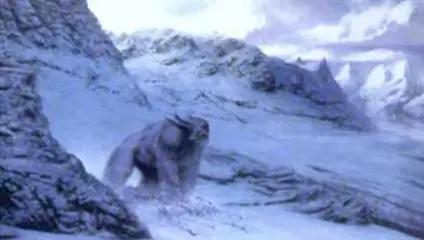 |
As the "four greatest mysteries in the world", the savage in Tibet has provoked much discussion.
As early as 1784 there were records about Tibetan savage.
In recent years, many claimed they had witnessed the savage in the vicinity of the Mt. Himalaya. It is also said that the female savage even robed local men to force them to get married.
Many investigations have been launched in eastern Tibet, but no one could interpret the mystery of savage so far.
No 2: Red snow
|
 |
The Mt. Himalaya is laced with blood red stain all year round in its 5,000 plus peak, seen from afar as red snow.
The red stain is made up of the highland algae, which is able to endure extreme coldness to survive 36C below zero. It appears blood red because it contains blood red pigment.
No 3: Flag cloud on top of Mt. Qomolangma
|
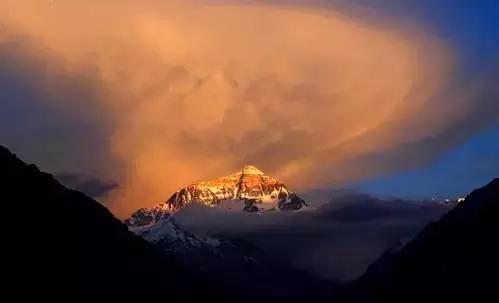 |
In sunny days, the peak of the Mt.Qomolangma is shrouded with moving milk-white clouds and fogs, seeming as if a flag with the mast of the peak was swinging.
It is formed by the convective cumulus. Judging from the location and height of the clouds, the expert could tell the speed of head wind on the peak of the mountain. The higher the height, the smaller the speed of wind is. When the height parallels with the peak, the speed of wind is estimated at nine degree. Hence, the flag cloud on the top of the Mt. Qomolangma is also known as "the highest vane in the world".
No 4: Honghua
|
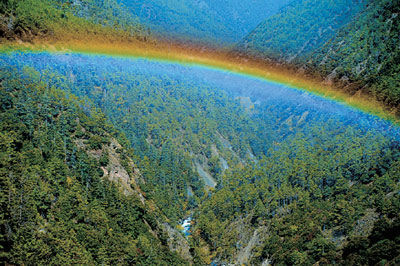 |
Honghua (become a rainbow) is an occult phenomenon formed when the enlightenment great monk passes away. It is said when the enlightenment monk who has obtained a certain degree of Buddhism passed away, his body will convert into a rainbow and enter the Amita World of Buddhism.
No 5: Wizardry
|
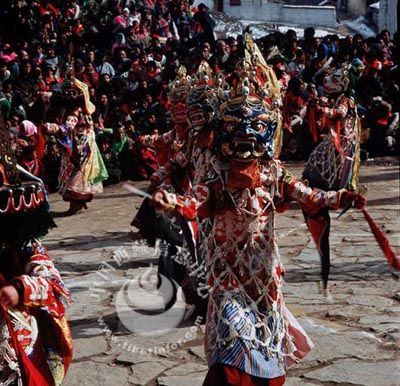 |
Mightily influenced by the aboriginal religious belief, Tibetan people believe that everything, either flying in the sky, running on the earth or swimming under the water, has deity, who dominates over the world.
In the evolution of human being, people has never stop longing for a superhuman power to influence or even control the objective reality or some natural phenomena, thus engendering the fete and wizardry along with a group of people who lived on it-necromancer.
However, people know nothing of the necromancer, for example the title, ways of inheritance, clothes, religious wares, altars, curses and so on.
Perhaps, somewhere in the world the most primitive wizardry rituals were still more or less keeps, and the mystery of necromancer still remains a mystery and needs to be further studied.
No 6: The Epic of King Gesar
|
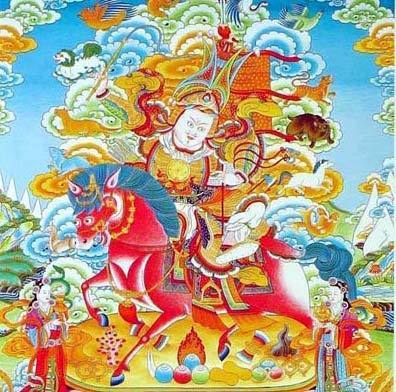 |
Hailed as the longest heroic epic in the world, the Epic of King Gesar has more than one hundred volumes.
It has been passed on from one generation to the next mostly orally, and only an extremely small amount of hand-written copies are kept in folk.
The legends of Gesar narrators have been told for centuries. The Gesar artists, who are able to tell dozens of epics, claim themselves "God-taught artists" because they are endowed by the God with super power.
According to the artists, when they were young, they had dreams and then fell ill. In the dream, they met the God or the King Gesar and have their decrees. Afterwards, their family members invited monks to chant Buddhist scriptures, during which the "door of wisdom" opened, giving them the ability to narrate. Some legend has it that many kids who are totally illiterate got ill but woke up with ability to tell the Epic of King Gesar. It is still an unsolved mystery and no one could tell why.
No 7: The Guge Kingdom
|
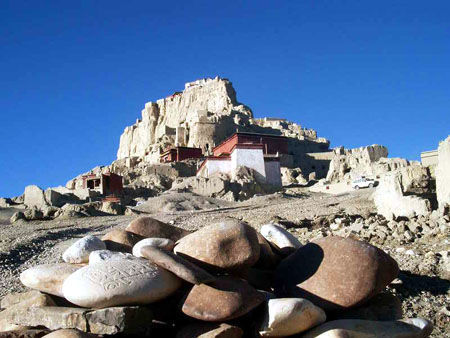 |
In the middle of the 9th century, Lang Darma, the 9th Tsenpo (the highest leader) of Tubo Kingdom was murdered and his great-grandson escaped to Ngari Prefecture in the west of Tibet. By the 10th century, Lang Daram's descendants set up the Guge Kingdom, which had influenced Tibet with outstanding culture from more than 700 years.
In 1630, Ladakh invaded Tibet and ultimately annihilated the great Guge Kingdom.
Historical data show that the war and slaughter did not destroy the civilization of Guge Kingdom nevertheless. But one thing for sure, there is a striking similarity between the disappearance of Guge Kingdom and the Maya civilization-too abrupt.
Today, dozens of households, who are proved not to be descendants of Guge Kingdom, live in a lonely city which could contain thousands of people. Where could the hundreds of thousands of people of Guge Kingdom have gone and how did they disappear overnight? Nobody knows.
No 8: Terma
|
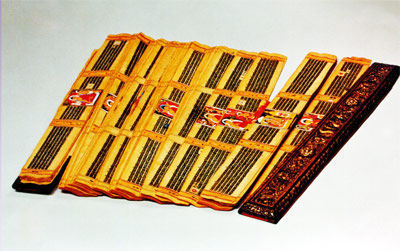 |
The Bon religion and Tibetan Buddhism believers hided or buried their Buddhist scriptures somewhere secluded when their religious belief were undergoing a disaster. Those Buddhist scriptures being dug out in later years is called Terma, translated in English as "treasure" or "revealed teaching".
Terma is divided into "Shuzang", "Shengwuzang" and "Shizang". Shuzang means scriptures while Shengwuzang refers to religious ritual implements or things used by the great monks.
The most wizardly is "Shizang". When the Buddhists had difficulty in keeping the Buddhist scriptures or paternosters in the face of calamity, the God would "put" them on someone's consciousness to make sure that those classics be passed on successfully. When the right comes, the "scripture receivers" will read out or write down the scriptures under some unearthly instructions. This is the mystery of Terma, which has been absorbing a great number of experts to explore its secret.
No 9: Shadrubling Temple: The thousand-year-old girl's body isn't rotten
|
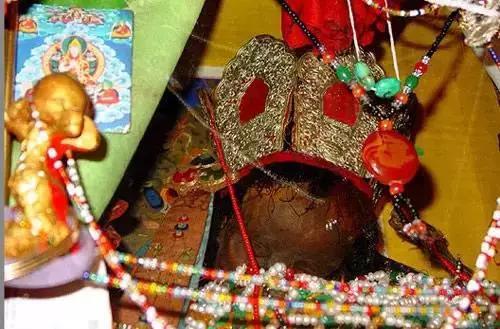 |
Shadrubling Temple is located close to Lhasa Konggar Airport.
The girl's body here is unique not only because of the important role she played in the history of Tibetan Buddhism, but what's more amazing is that her body has survived 1,000 years till now!
She died one thousand years ago, at the age of 12, and after her death, the body naturally shrank to only one cubit in height while remaining in the seated Tara posture.
According to legend, she was a true embodiment of Palden Lhamo, and after her death believers enshrined her in the temple. She sats in the shrine, the size of a five- or six-year-old girl, wearing a crown on her head and a colorful costume.
Her face is calm and her skin plump as if it still has flexibility. Her head is slightly lowered and her eyes rest half open, in which a reflection is faintly visible. How incredible she is!
No 10: Underground fluid moves Tibet eastward
|
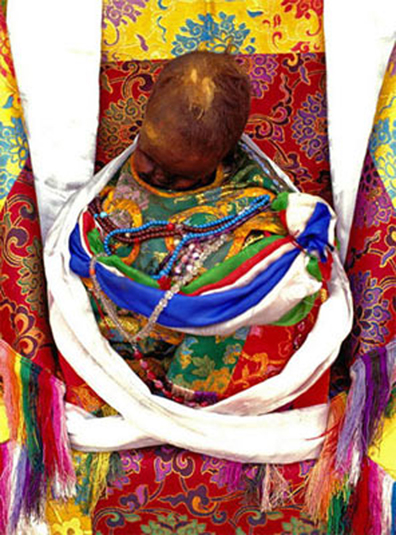 |
Known as the "Roof of the World", the Qinghai-Tibet Plateau is "drifting" eastwards at a rate of a few centimeters a year.
The cause of this phenomenon is the very good conductivity of the substances under the earth's crust, not tectonic plate extrusion as was previously believed.
Scientists from China, the United States and Canada recently published the full text of their study in the magazine "Nature".
No 11: Tibetan Tantric Buddhism's adoption of Yin doctrine
|
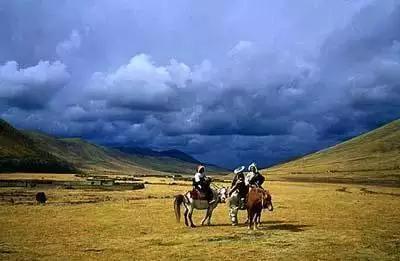 |
The doctrine of Yin and Yang is one of the basic teachings of Tibetan Buddhism, and a guide for Tibetan Buddhist practice.
If we look at the material that is classified as "negative" or "Yin": knowledge, matter, emotions, language and light – it seems that the entire universe is negative.
Negative energy and wisdom are the sources of the real world, so a Tibetan Buddhist practitioner must strive to achieve the so-called "Yin essence" in order to discern and apprehend the real world and achieve a Buddha mind.
To obtain this kind of primitive energy, Tibetan Buddhist practitioners must master the corresponding "method".
According to tantric teachings, the source of cosmic energy in the universe is at the intersection of the sexes, and after advanced practice of the "method" the practitioner will have both male and female genders including fertility and the ability to birth all things.
Related Stories